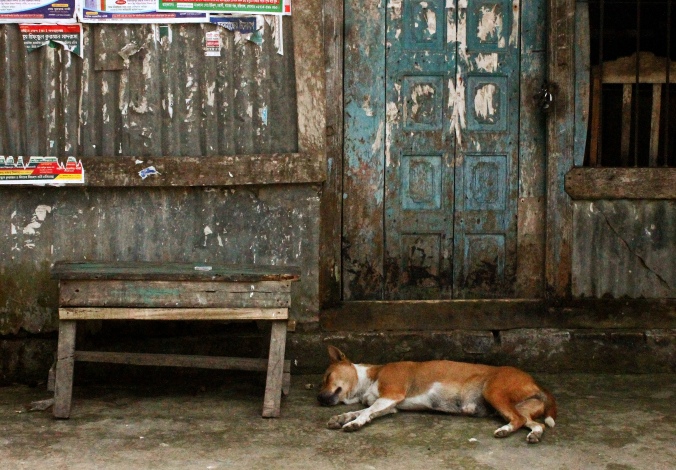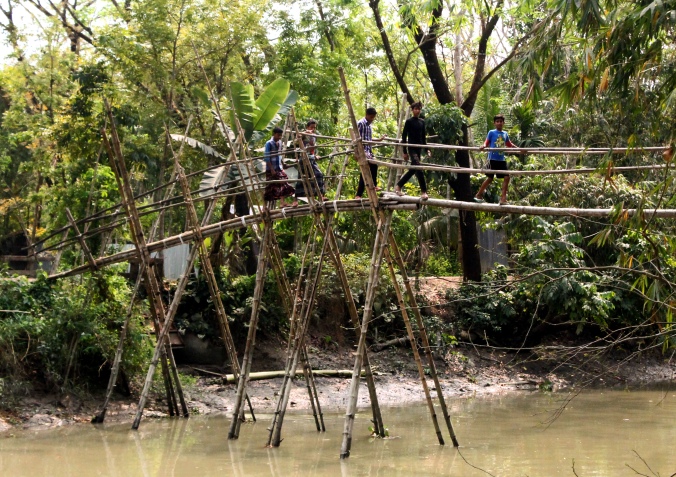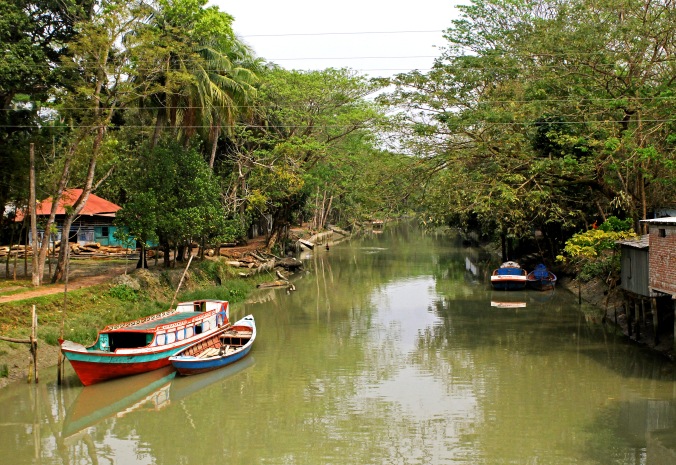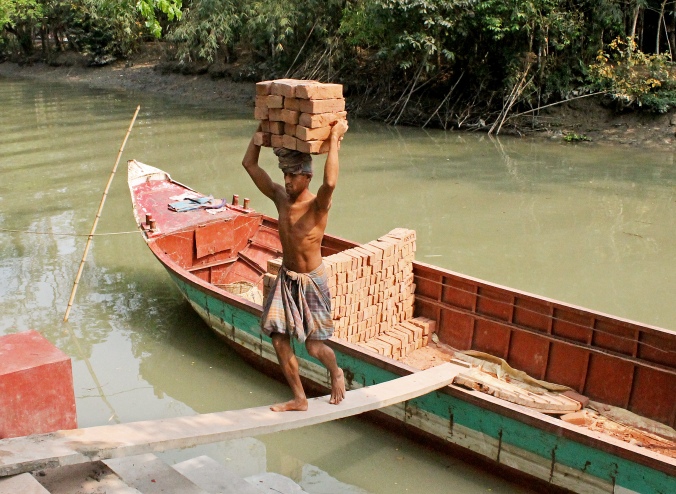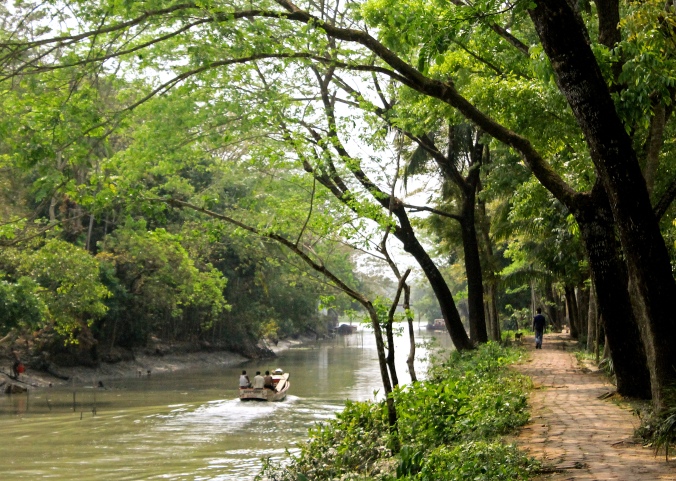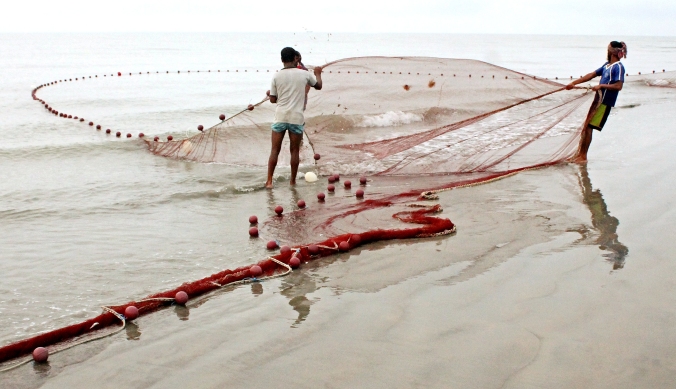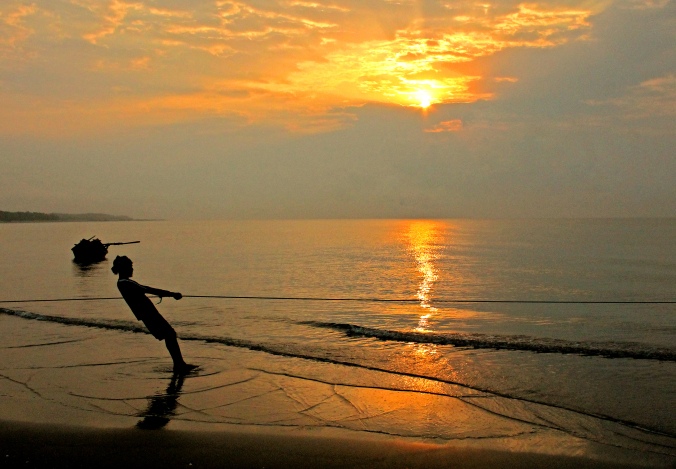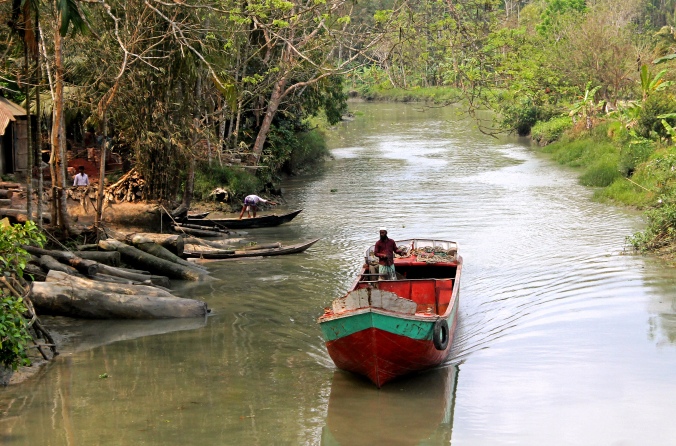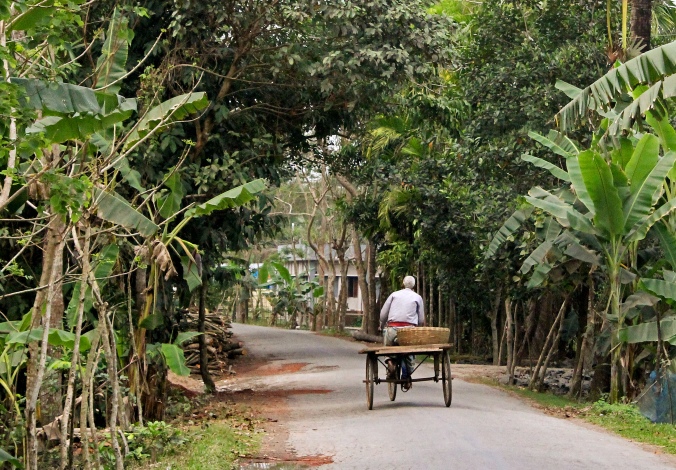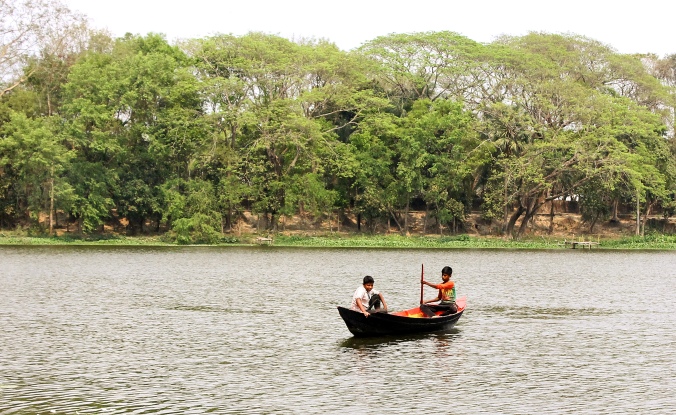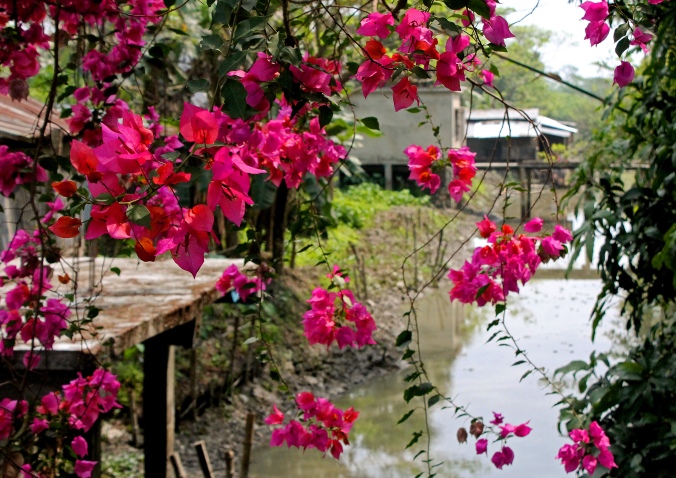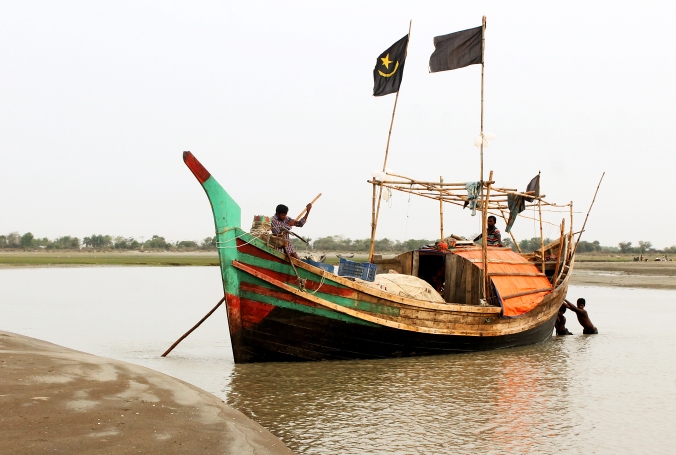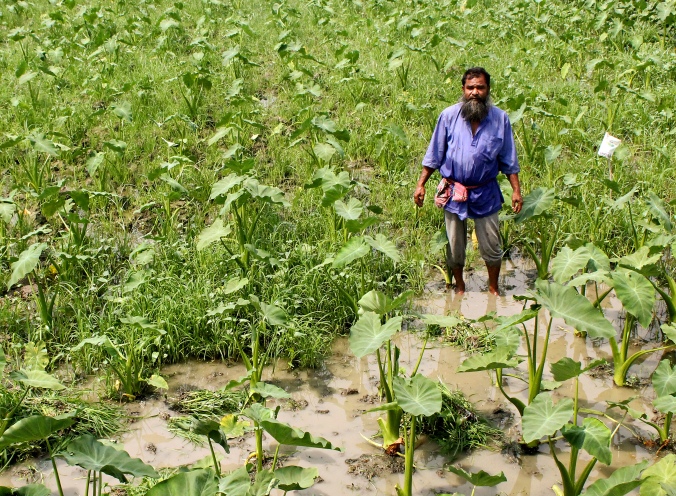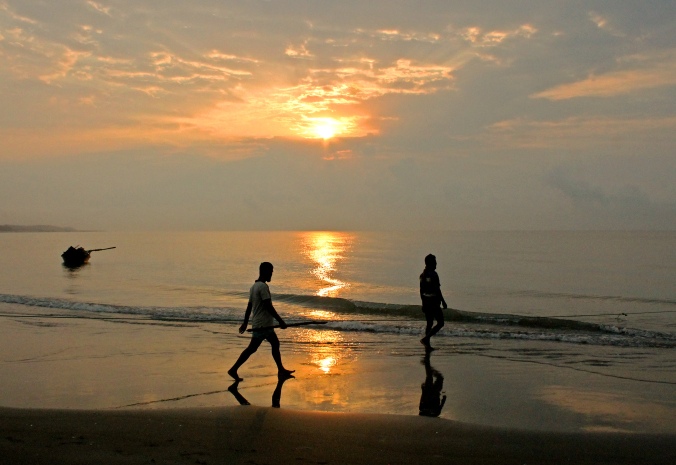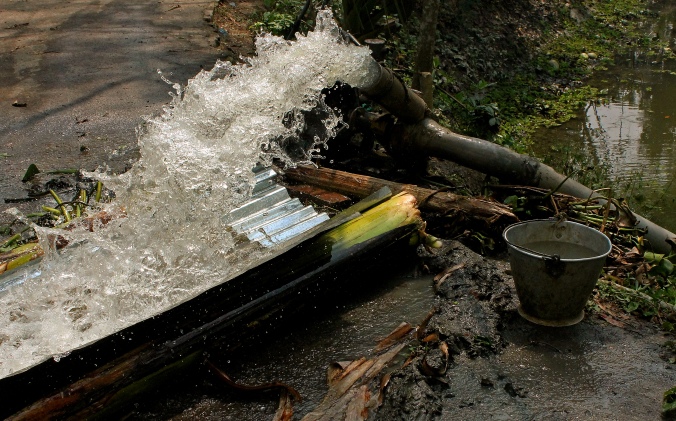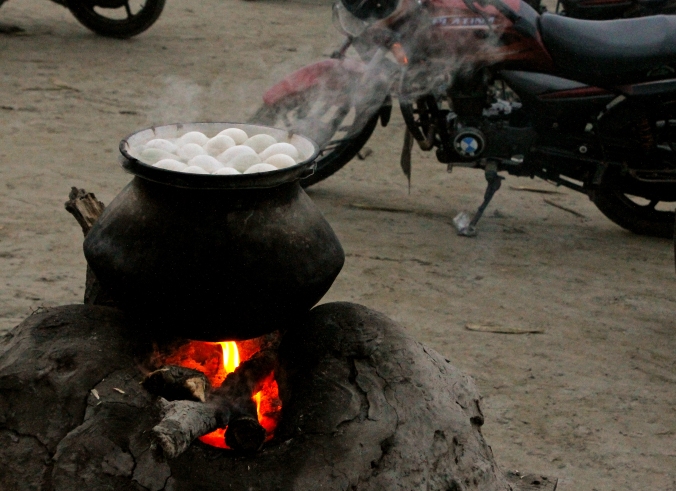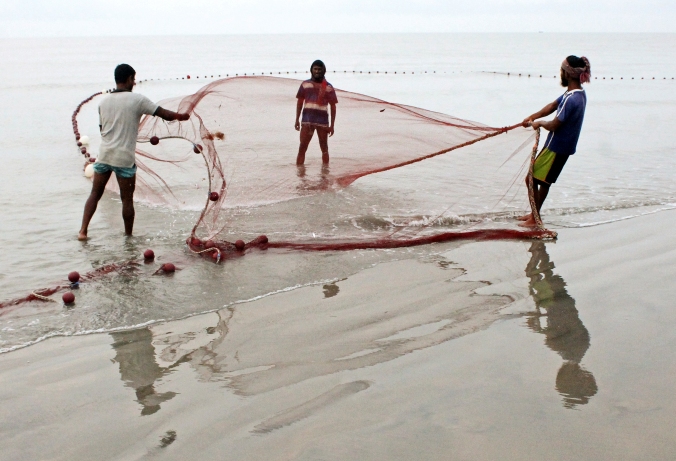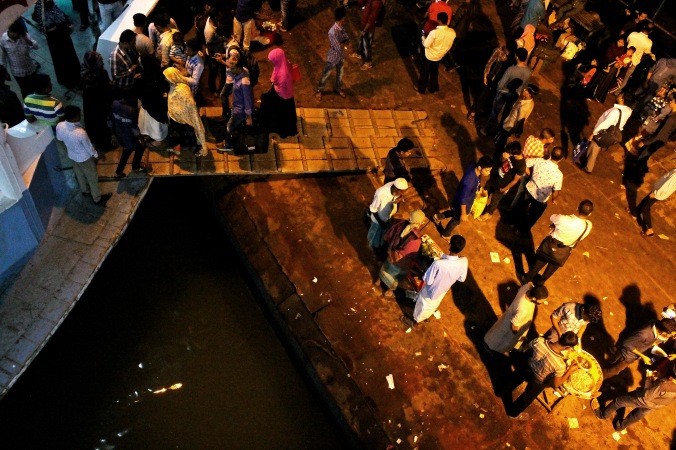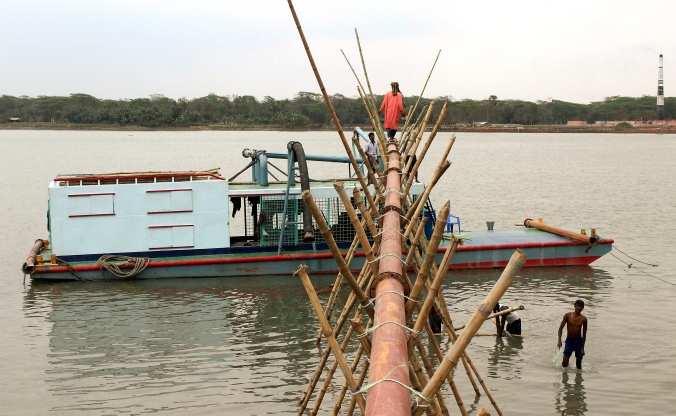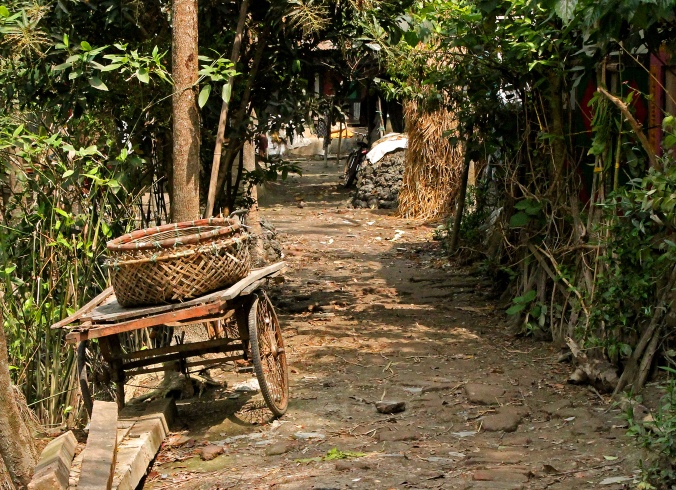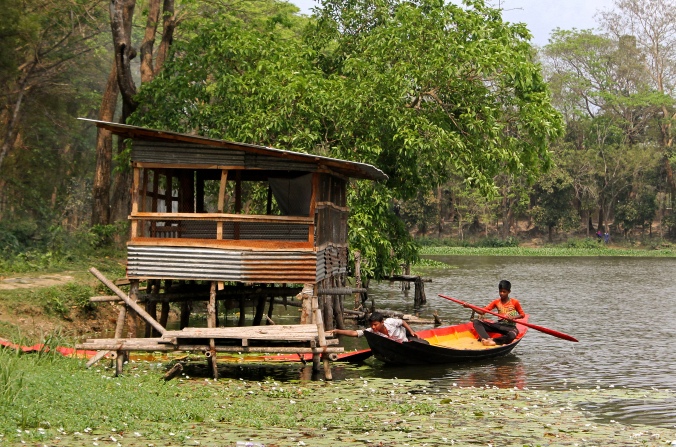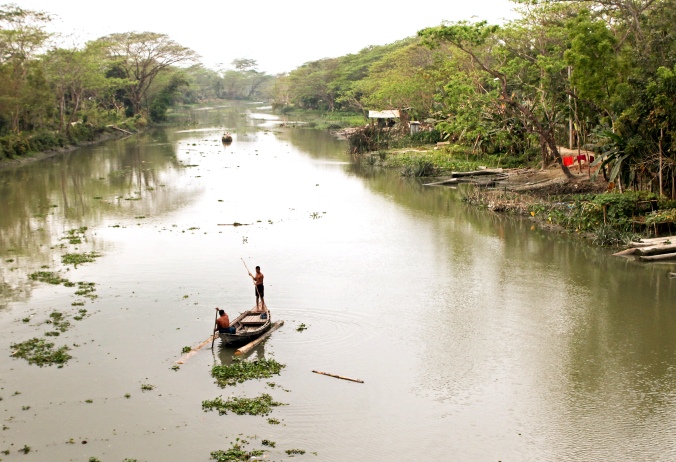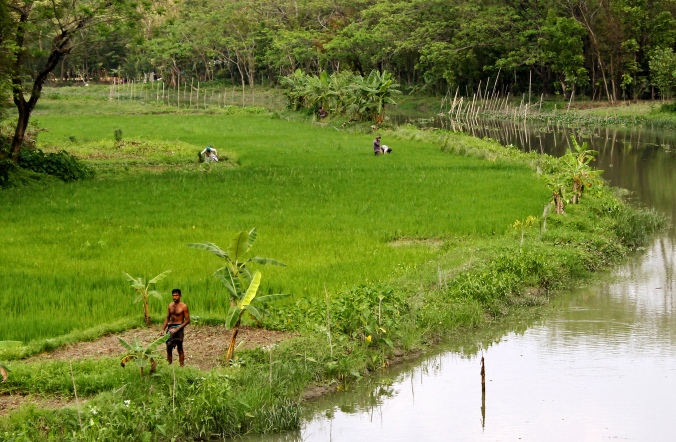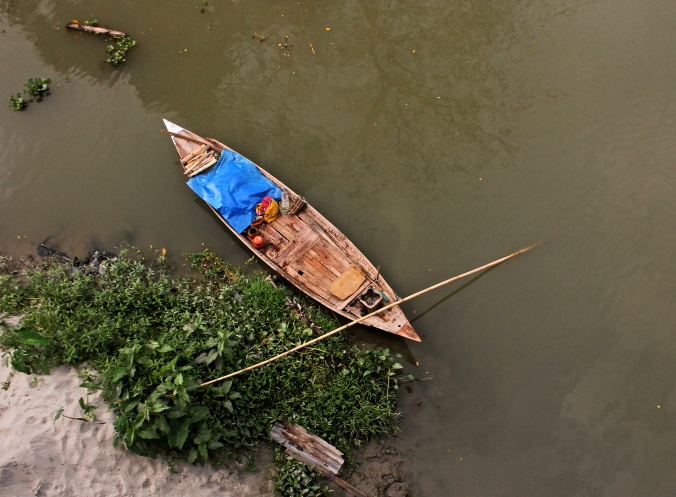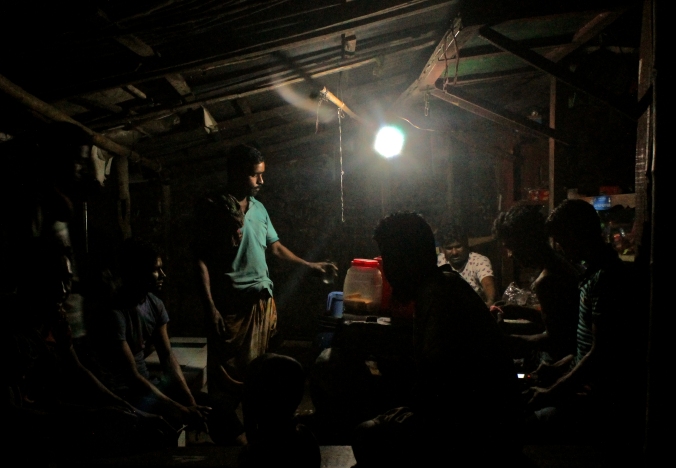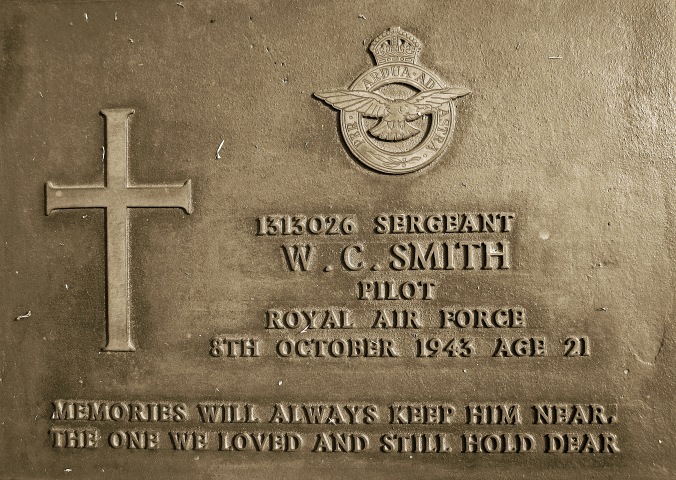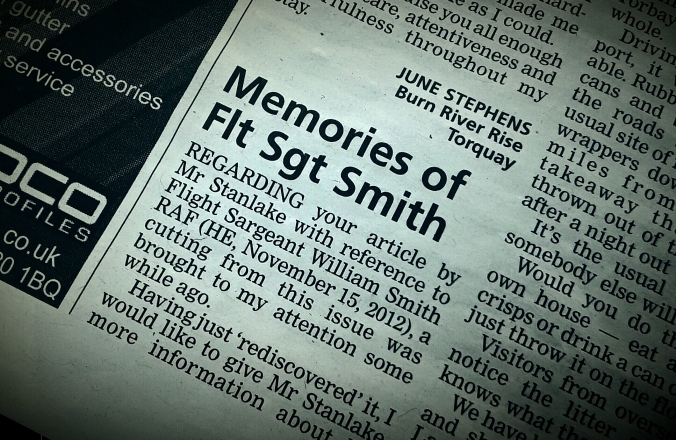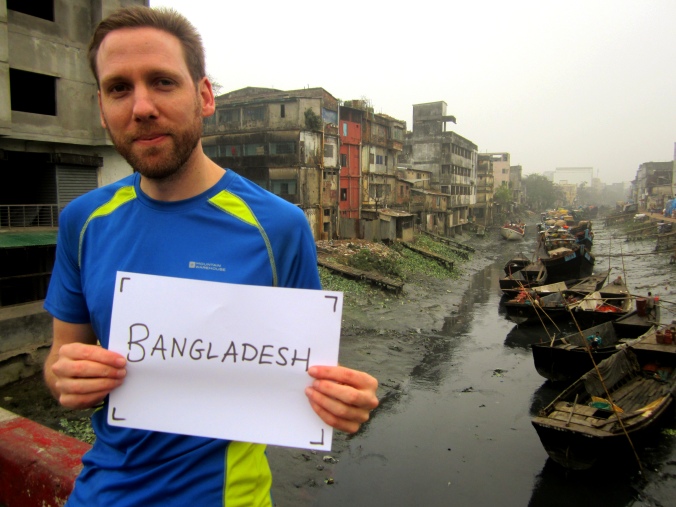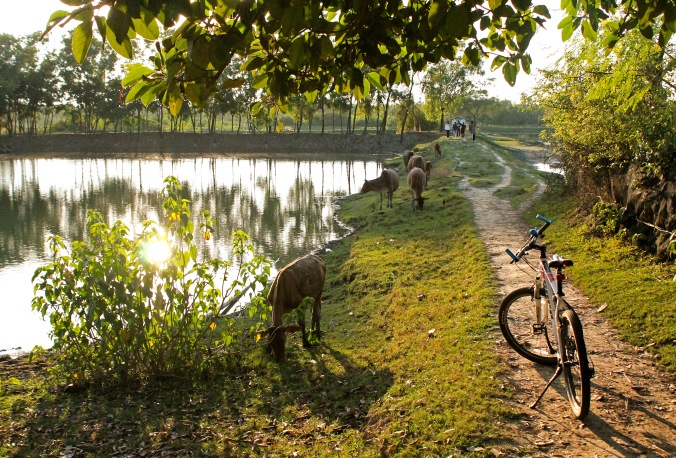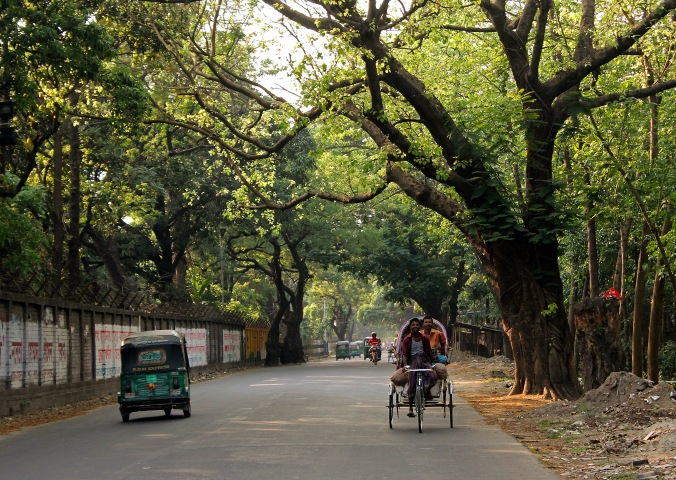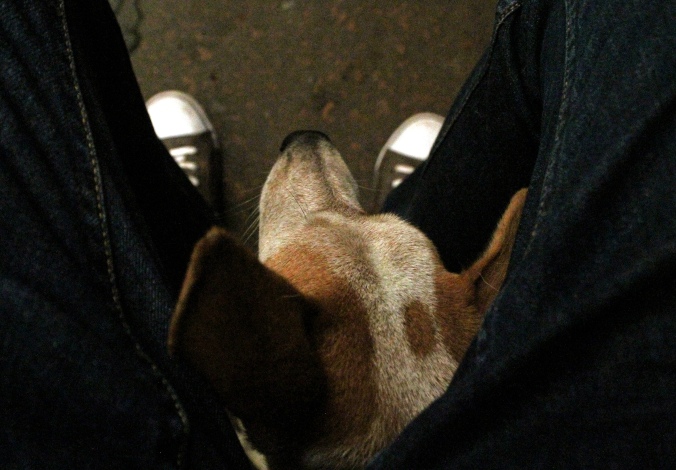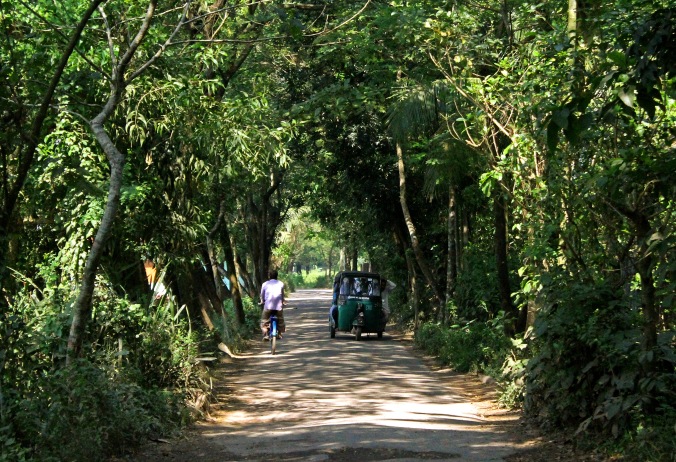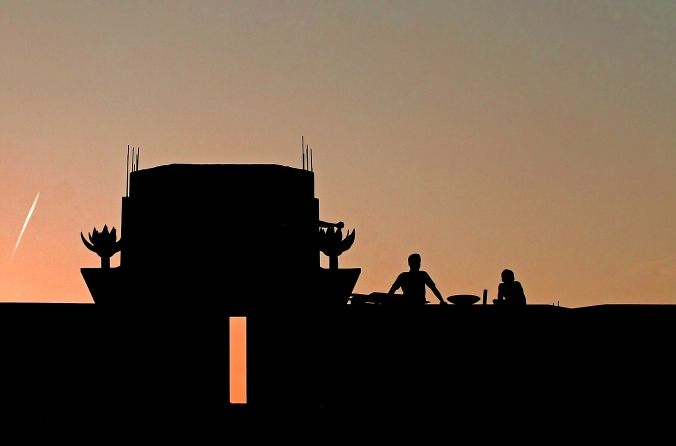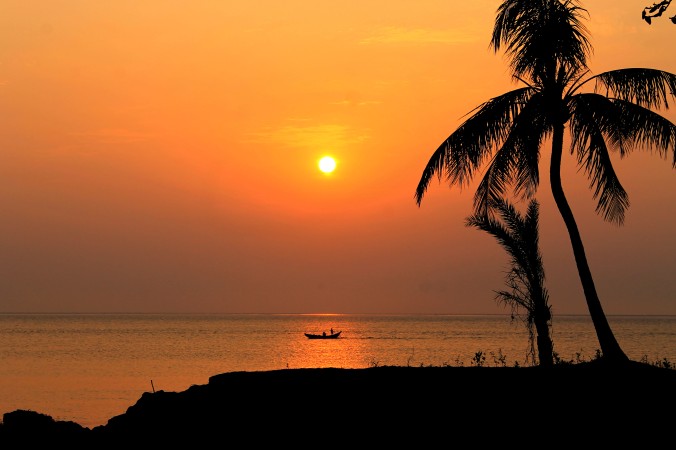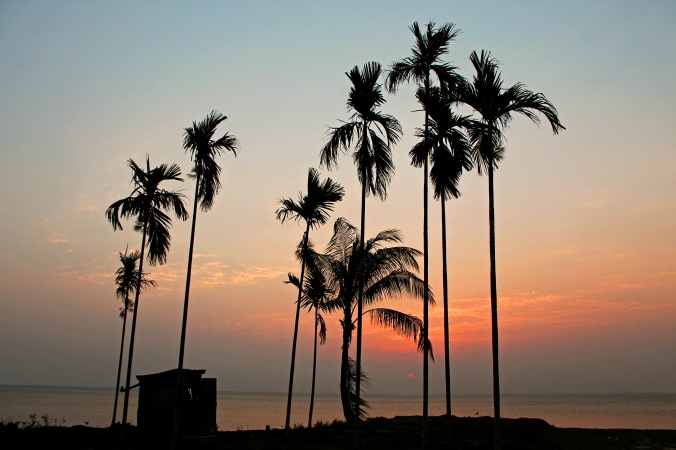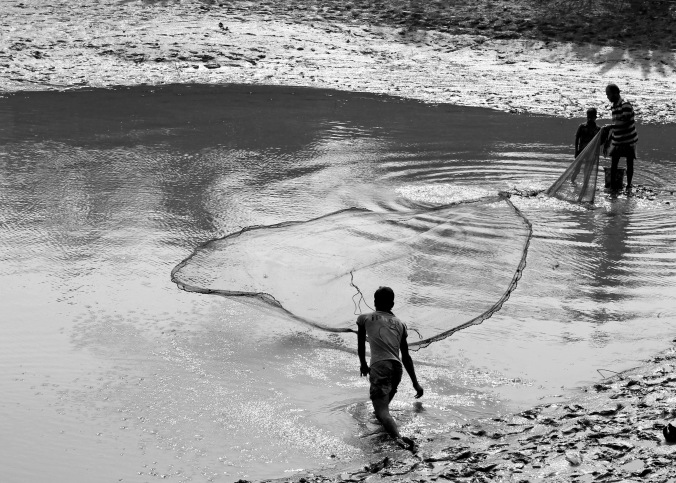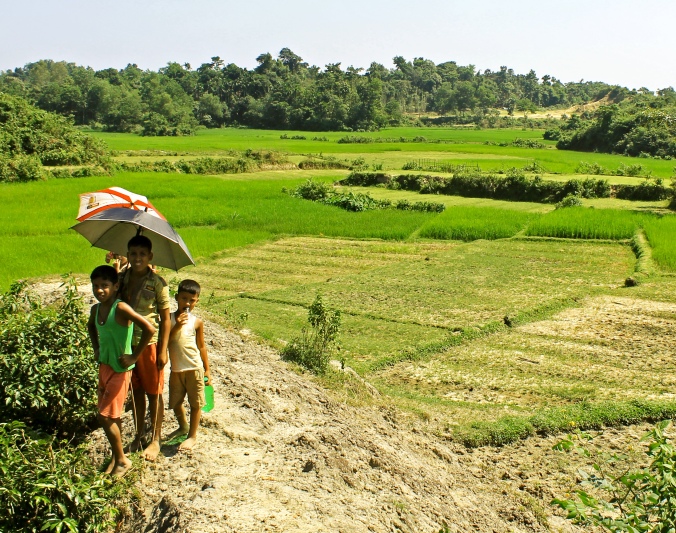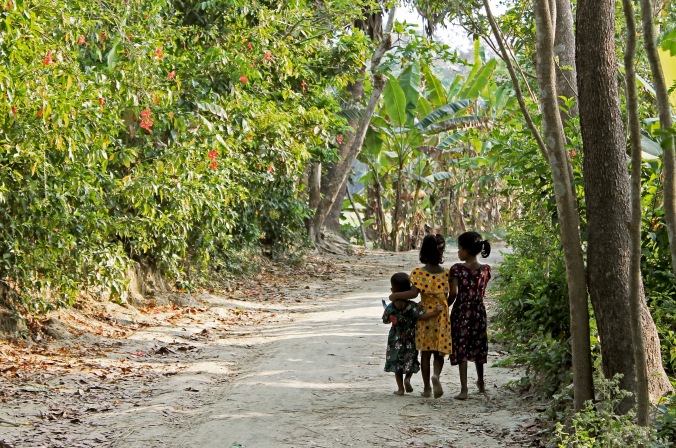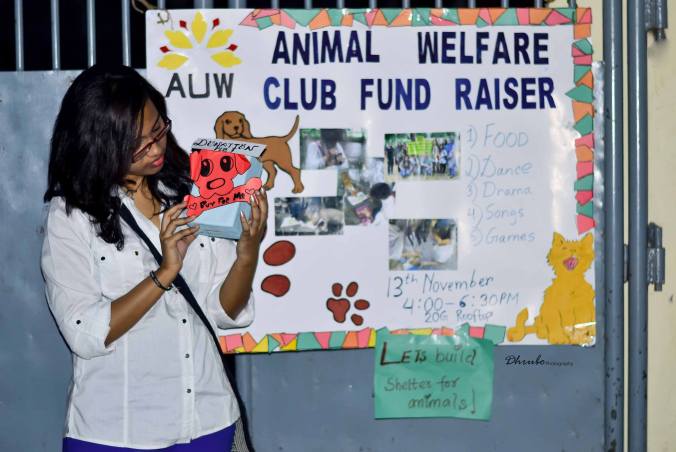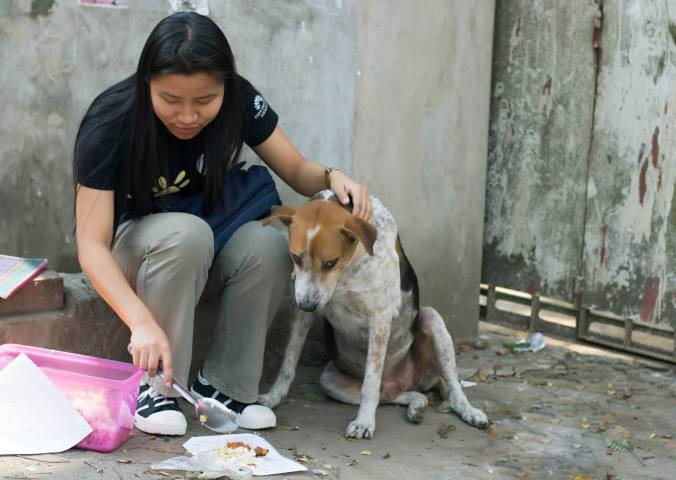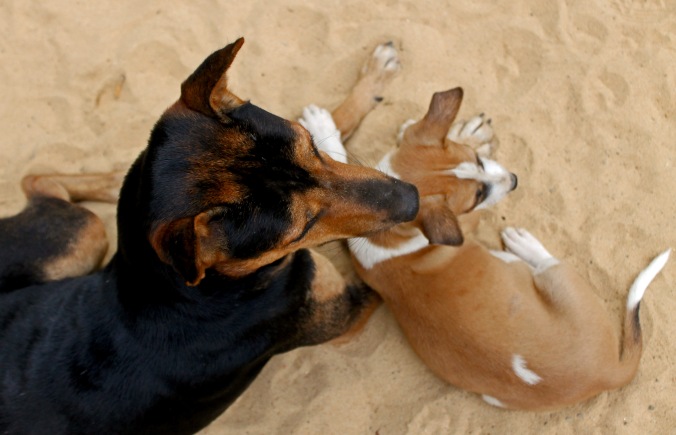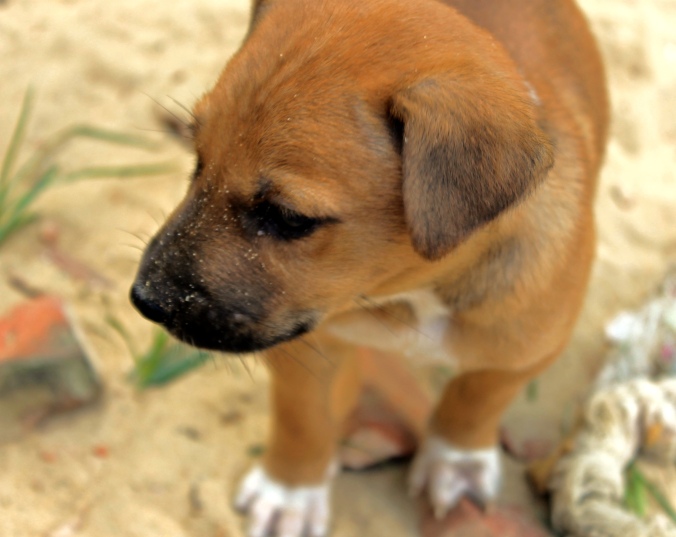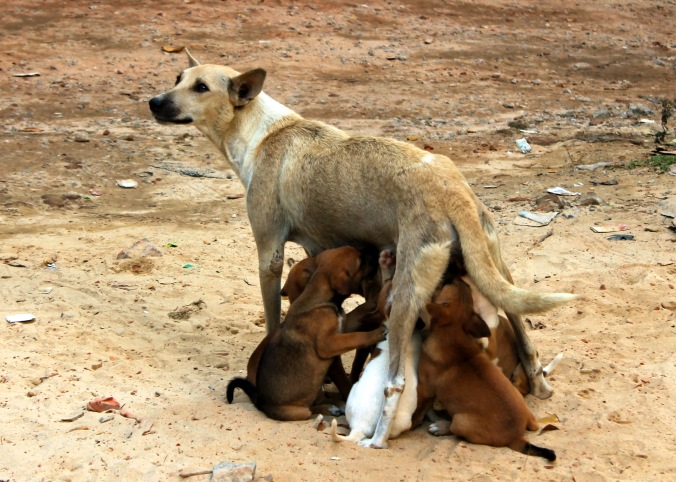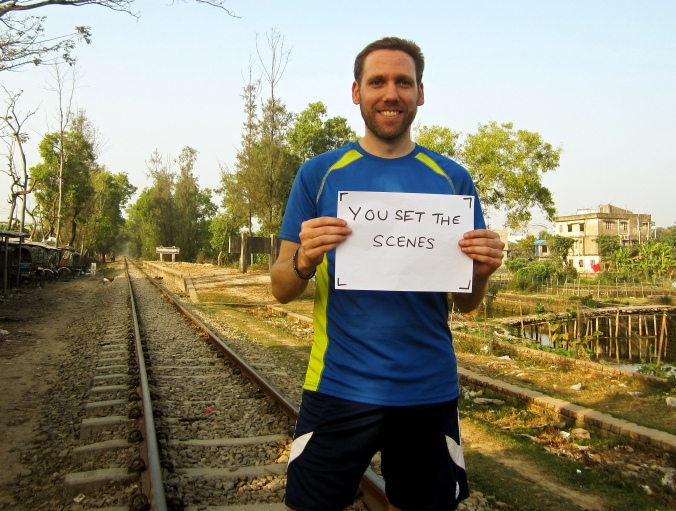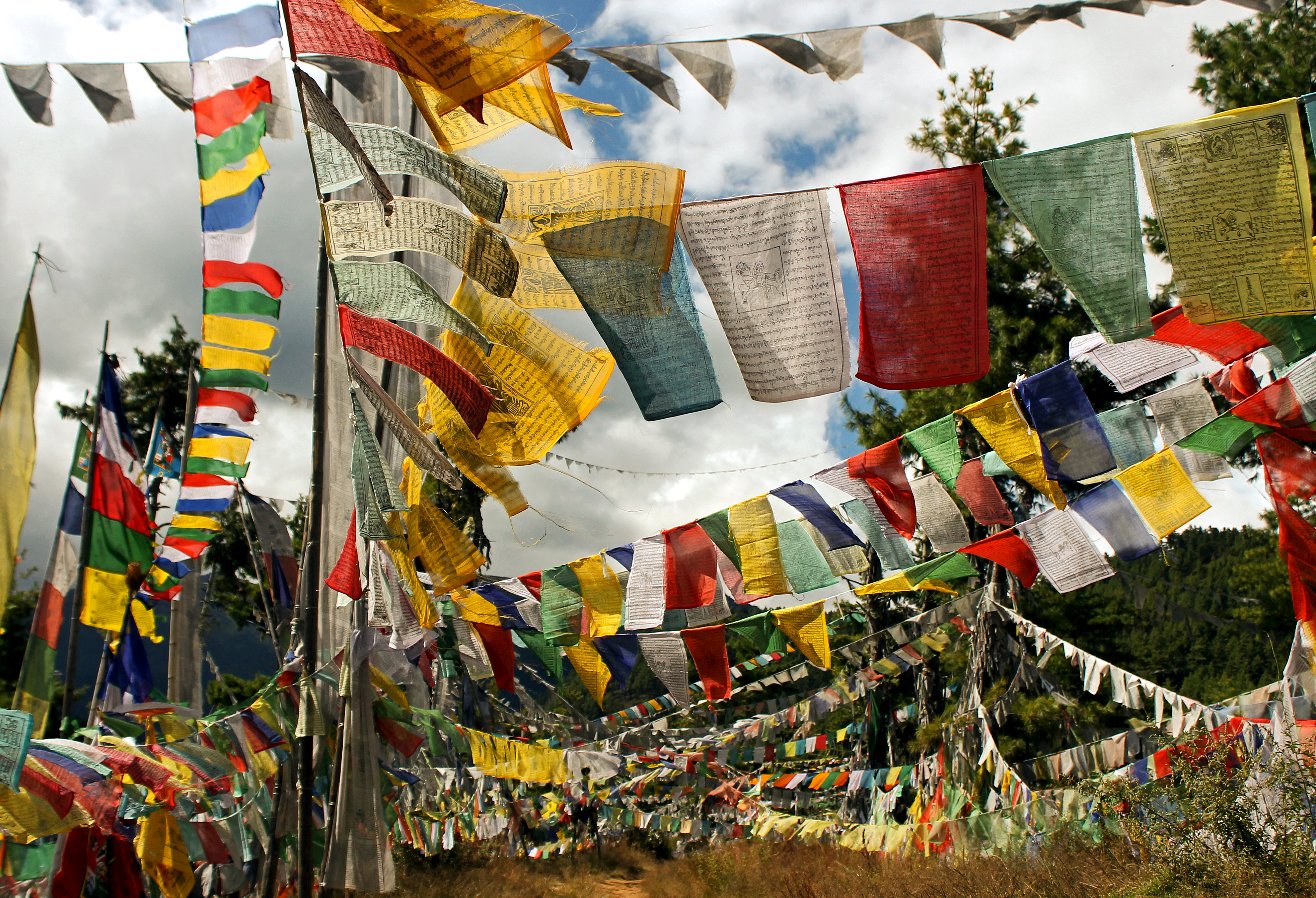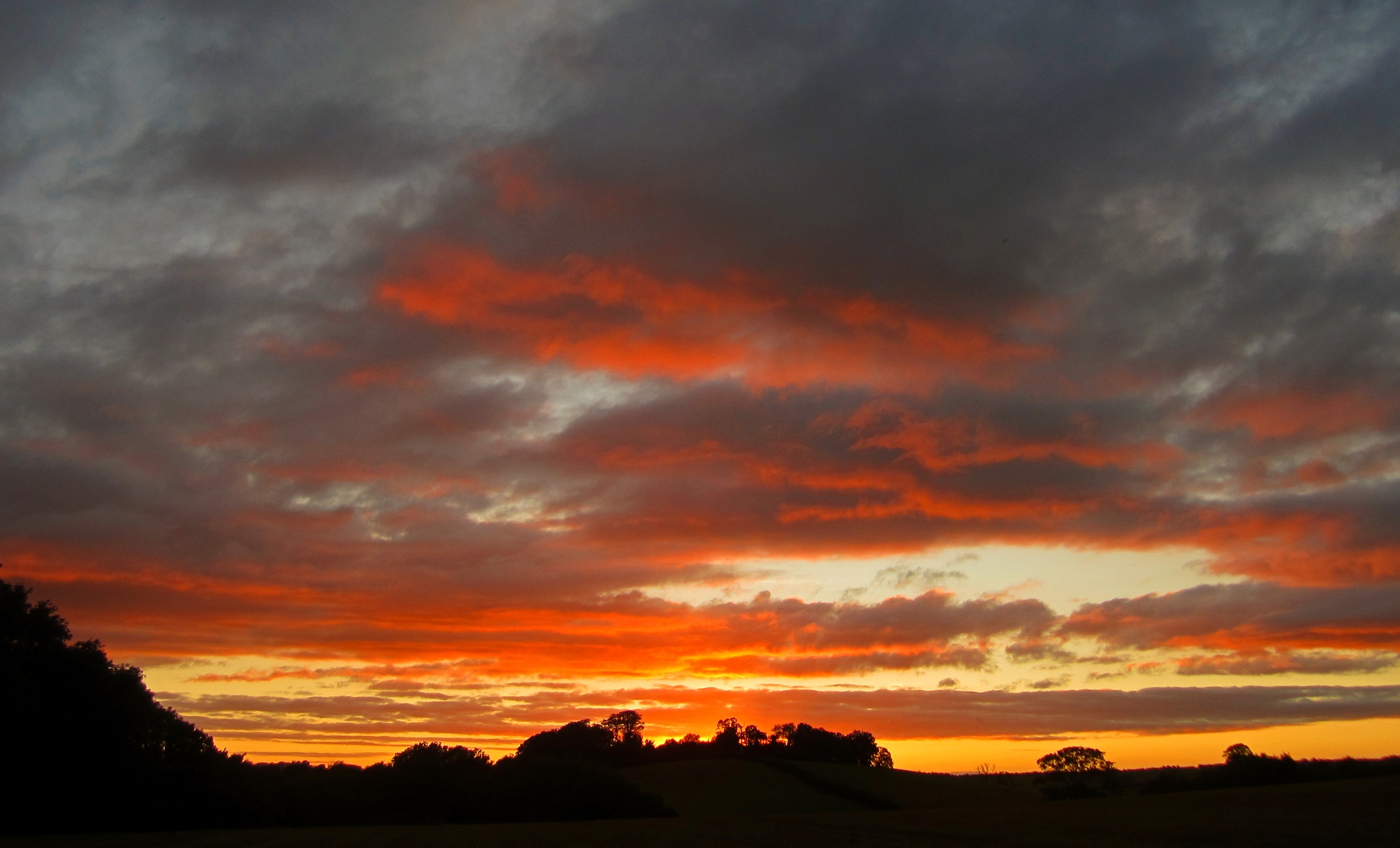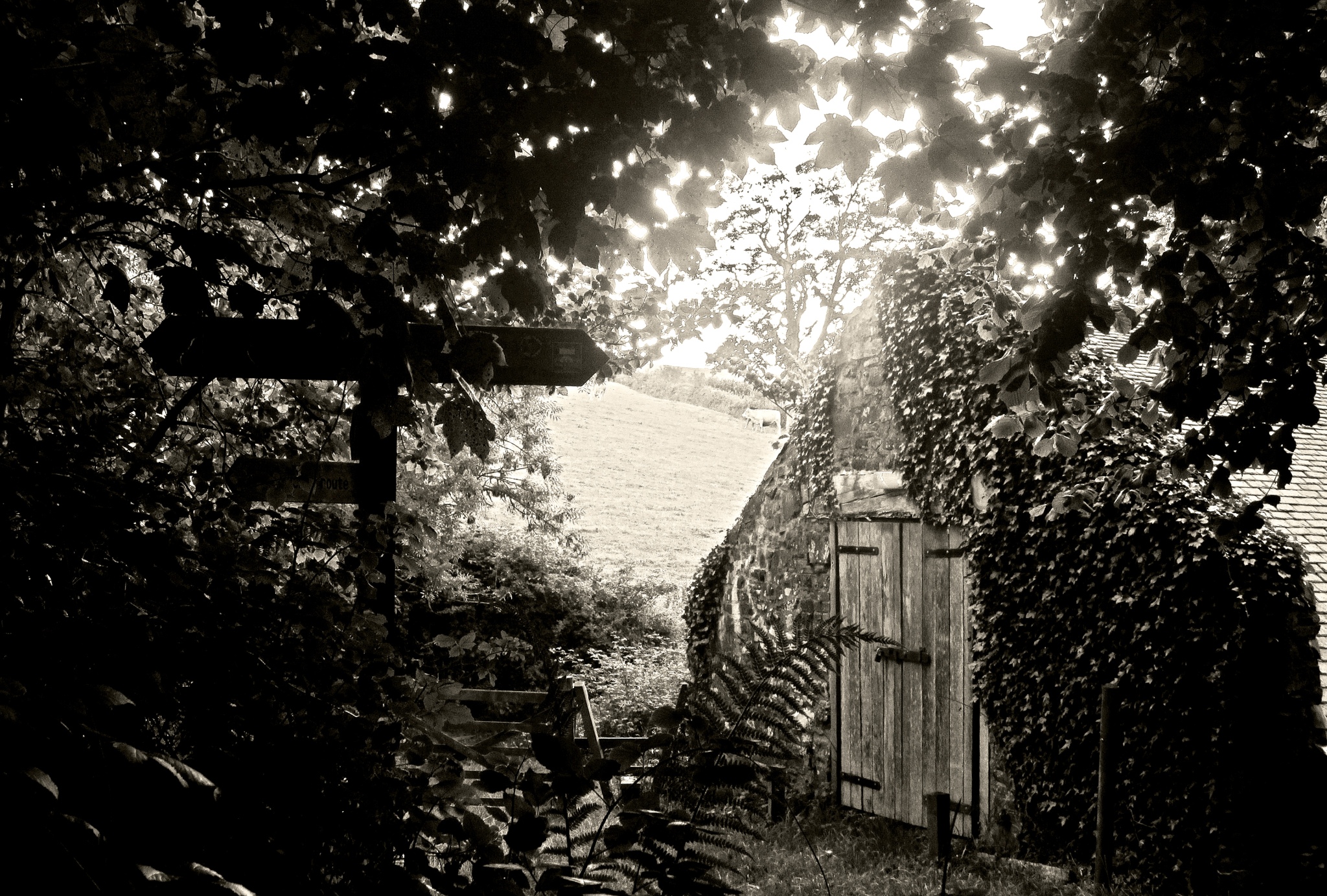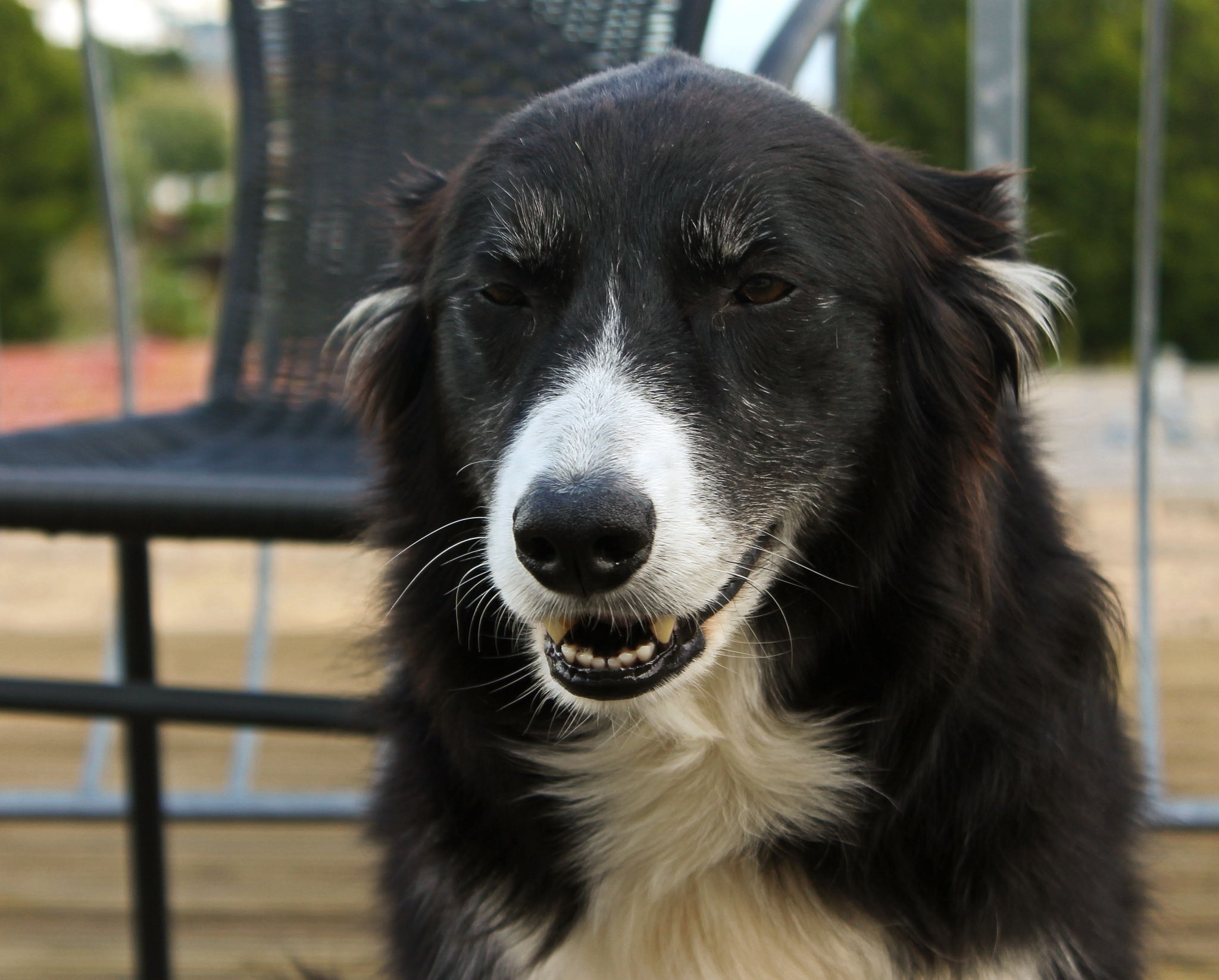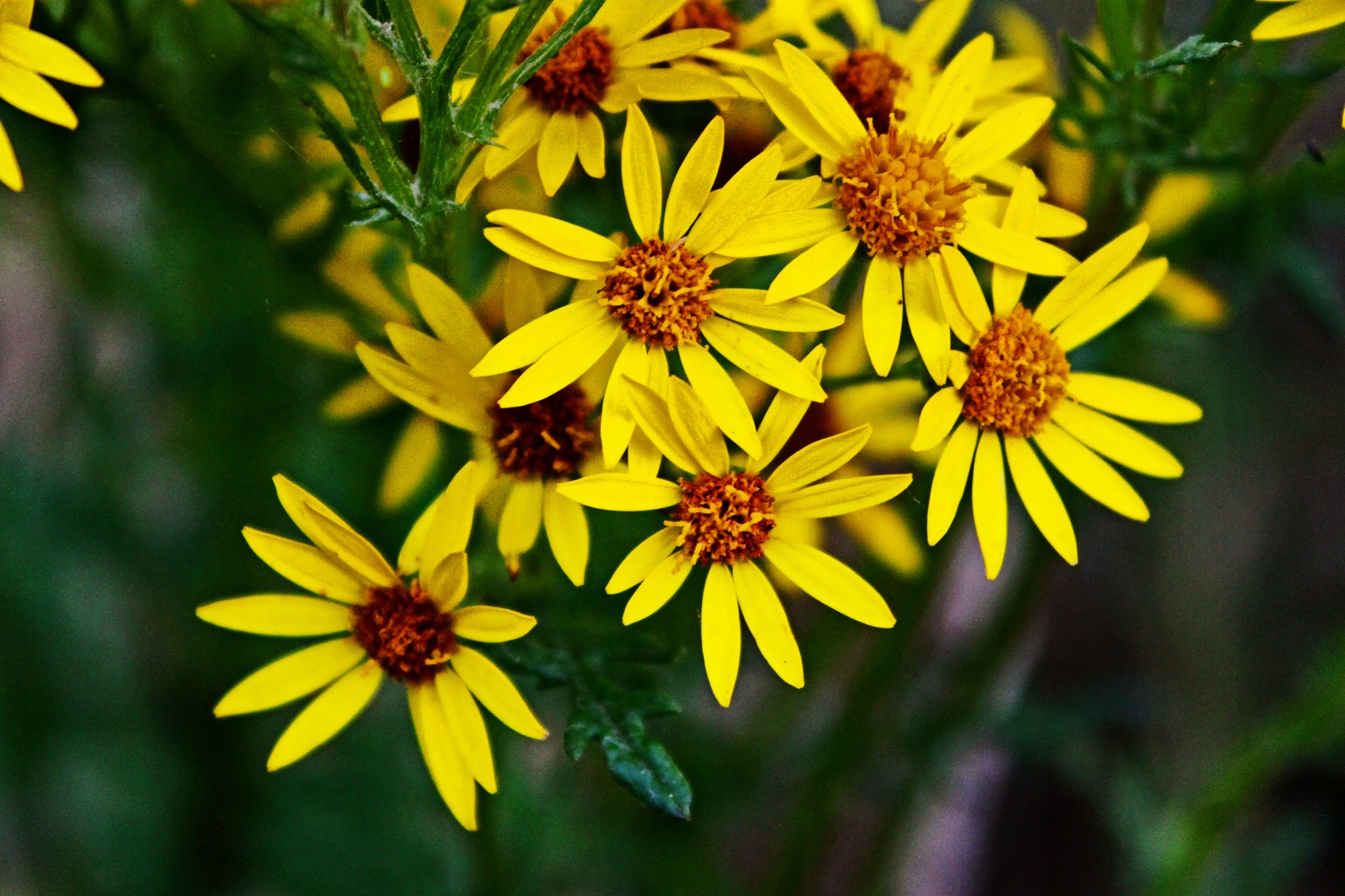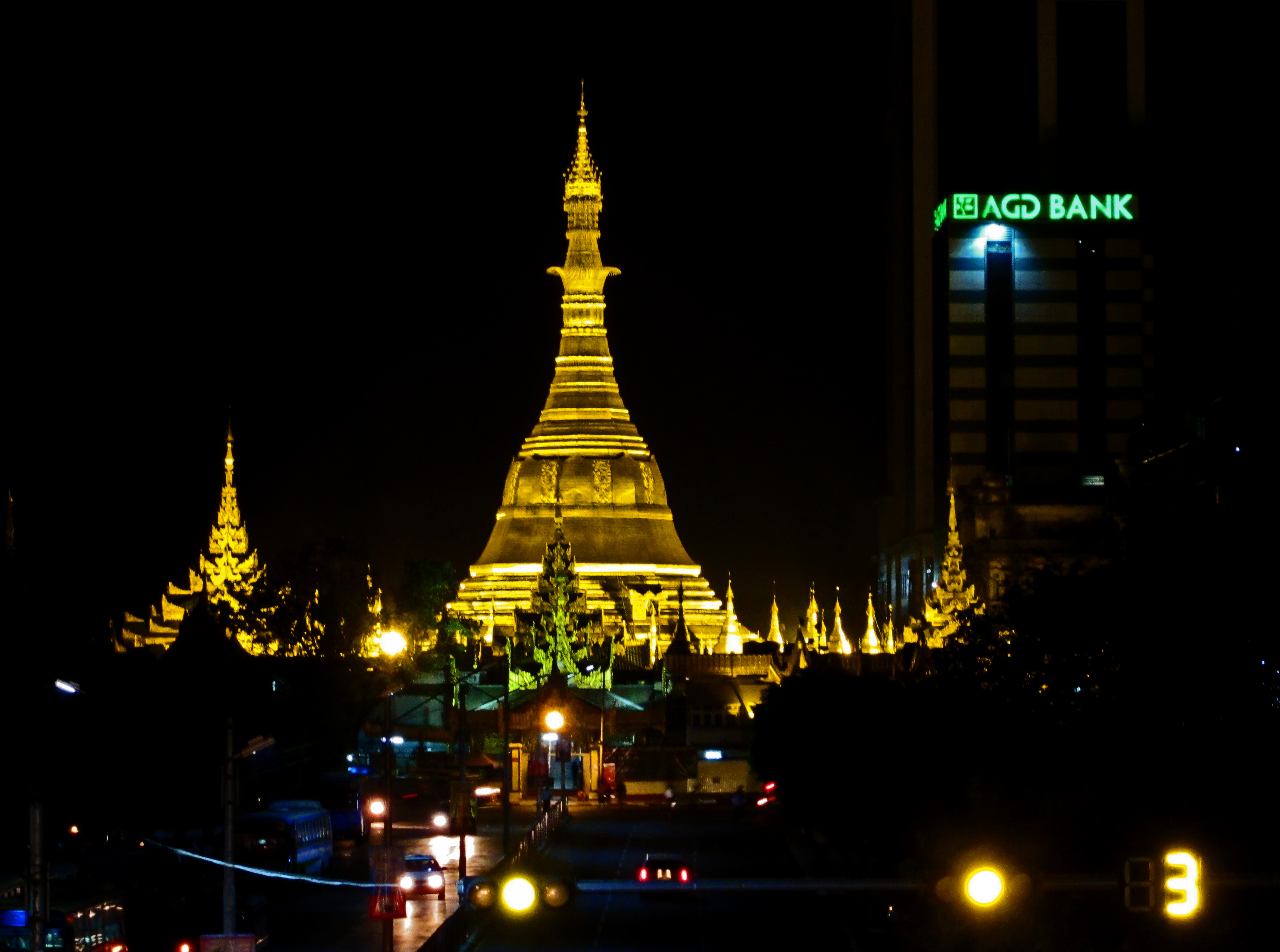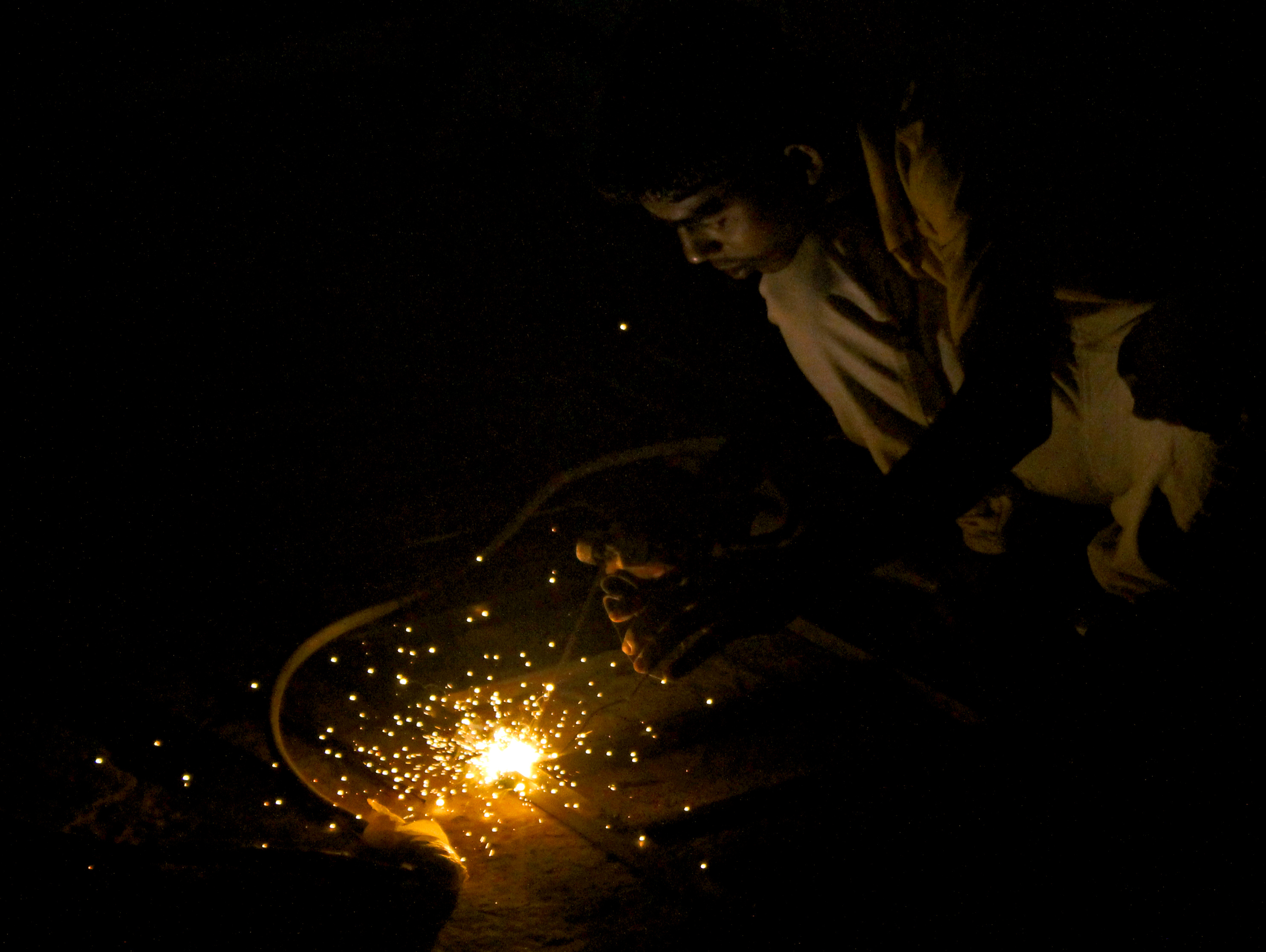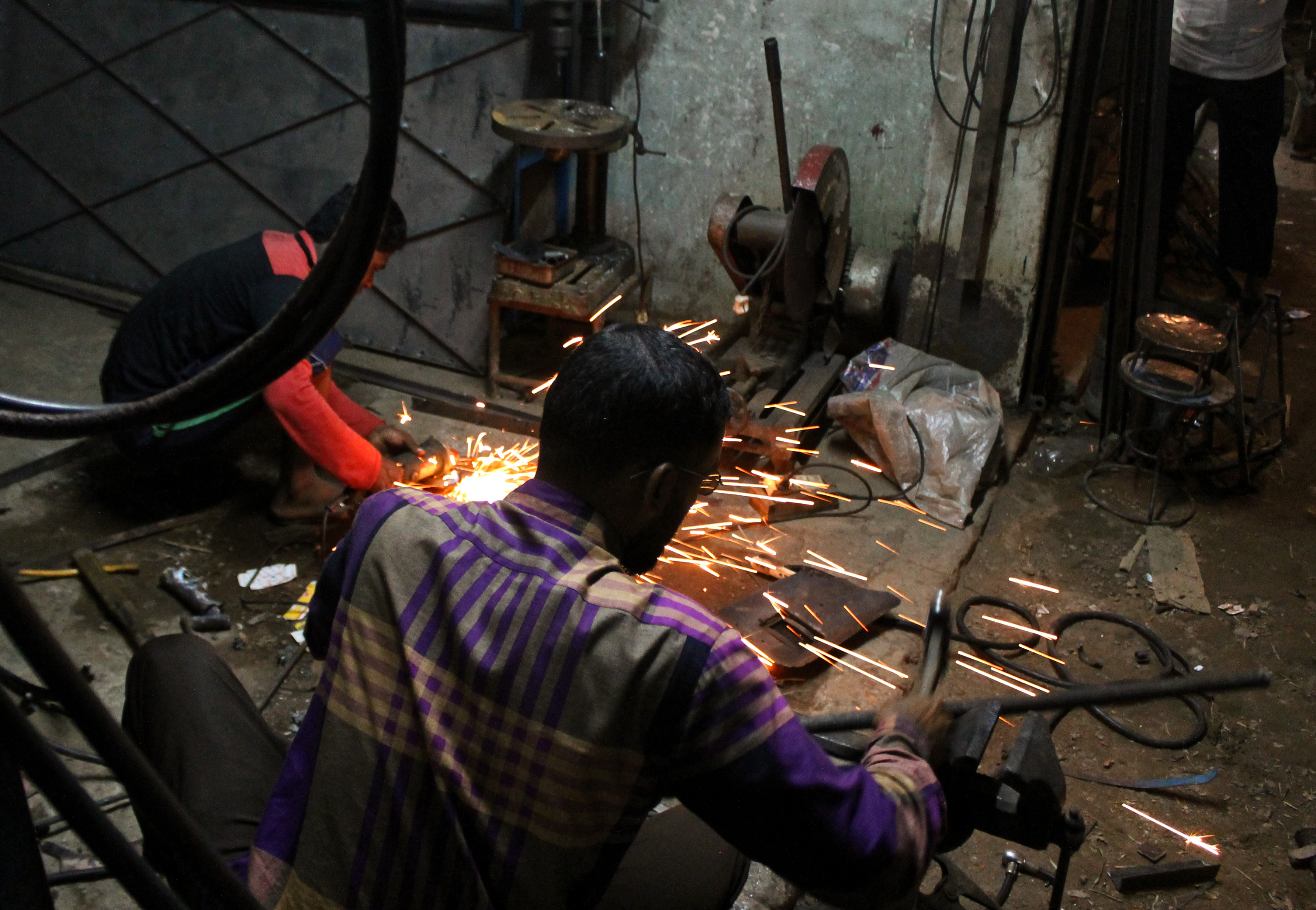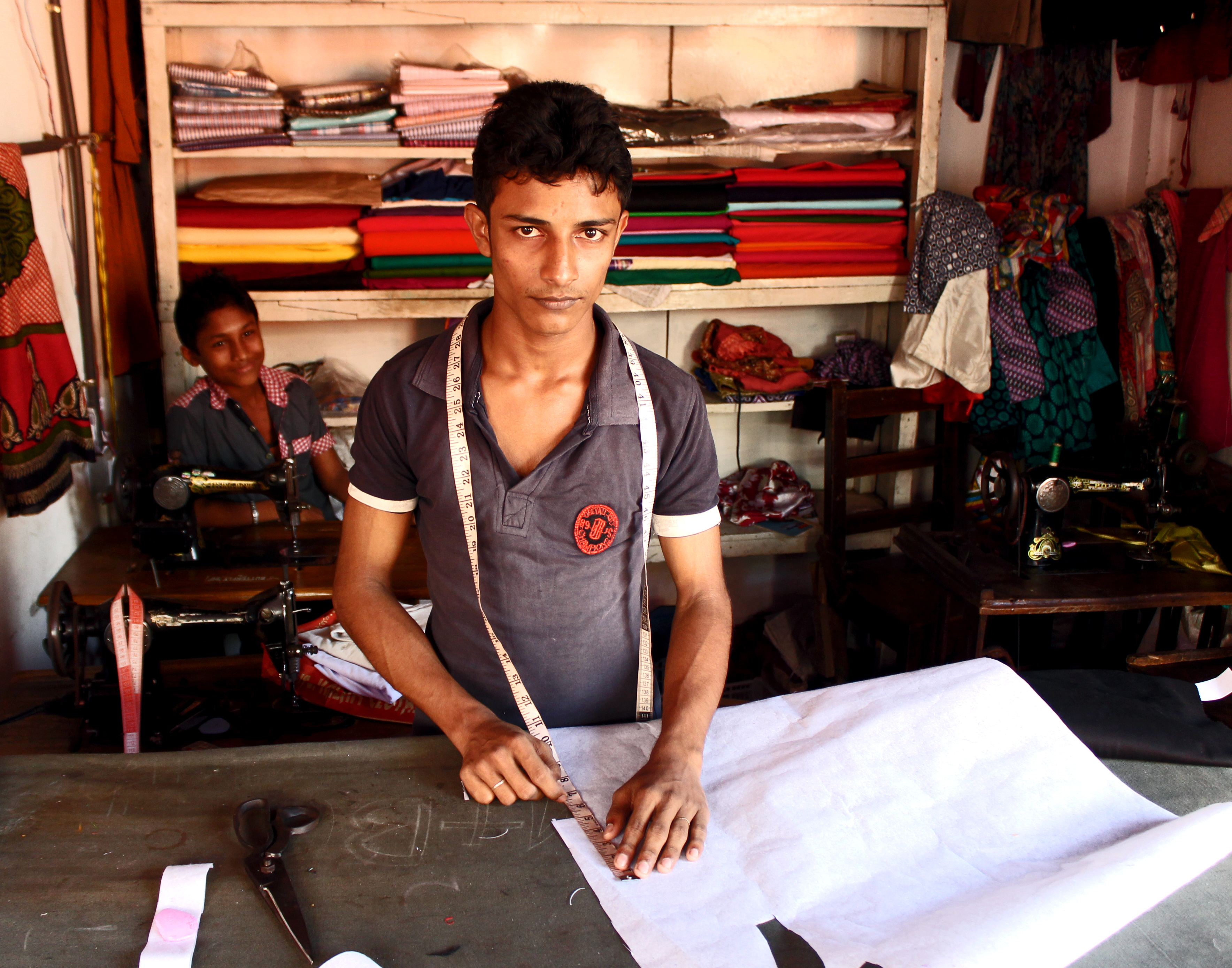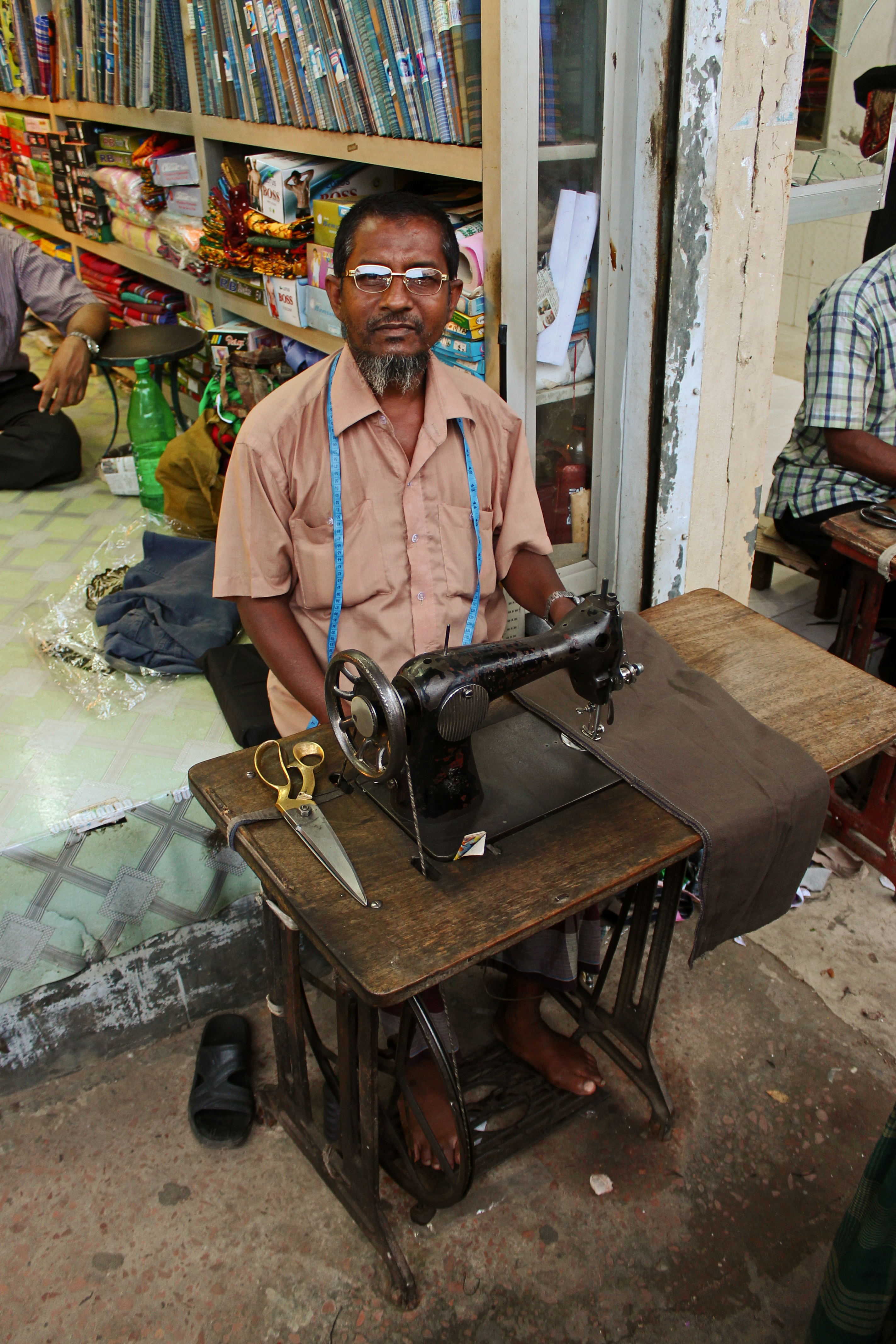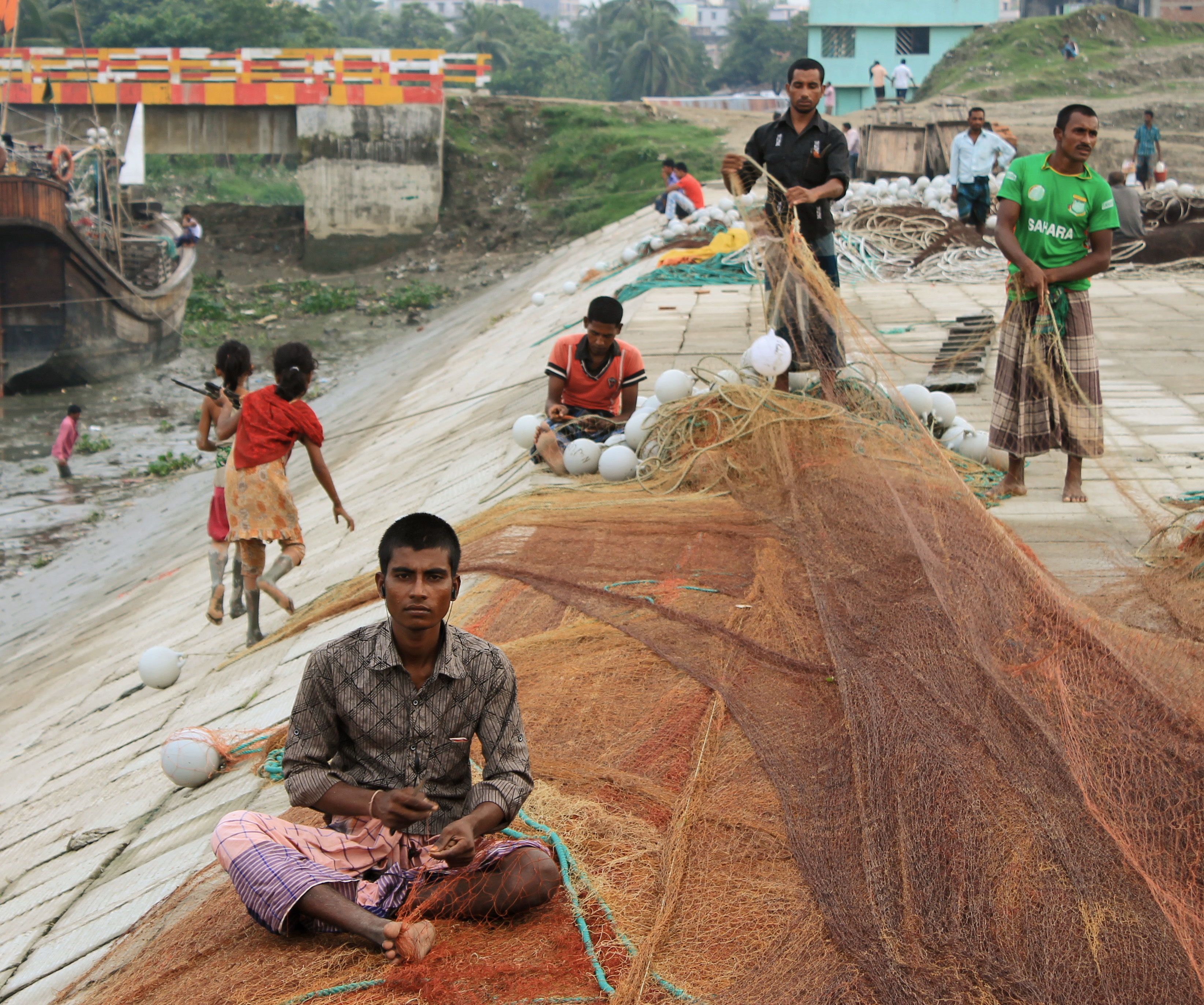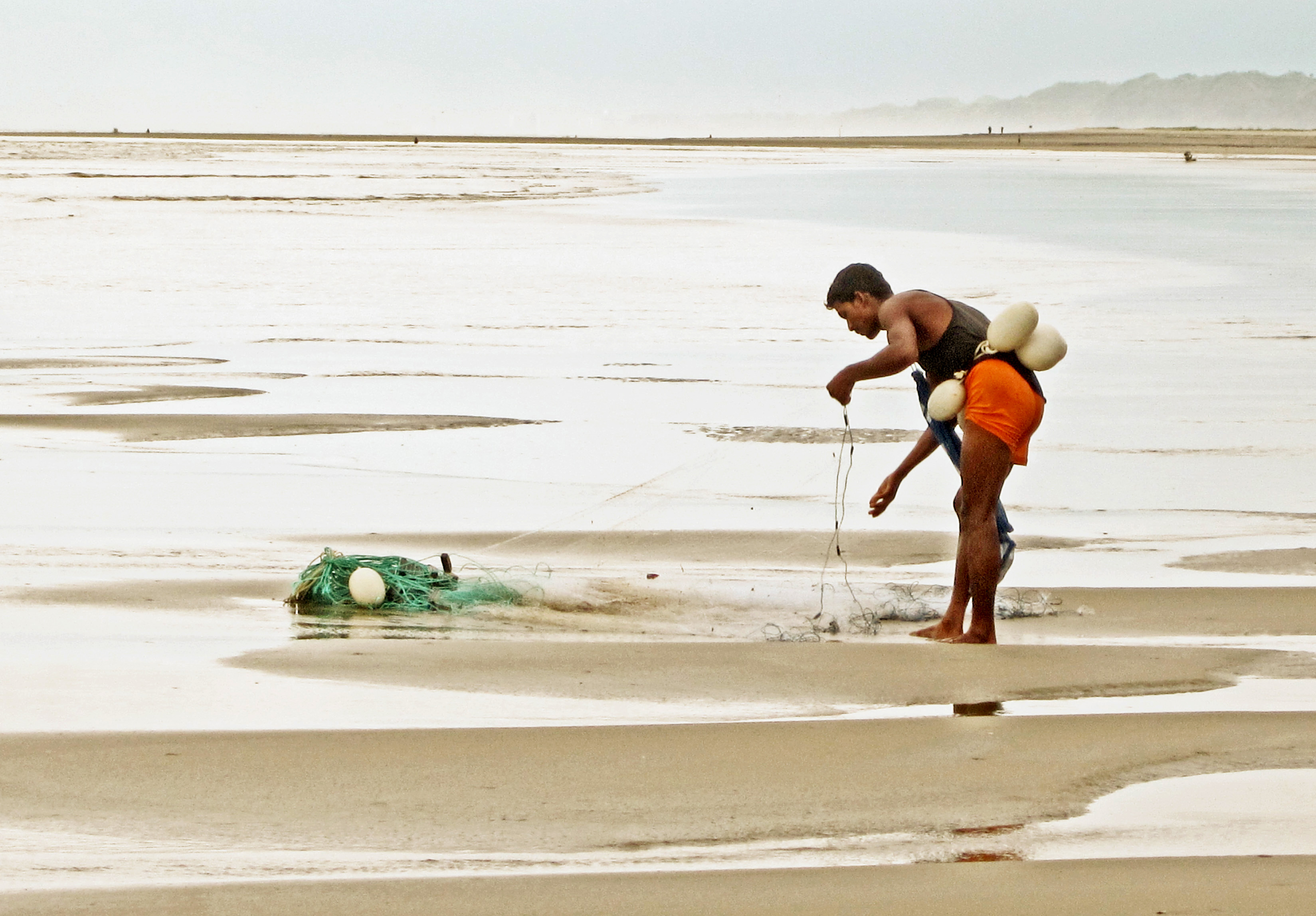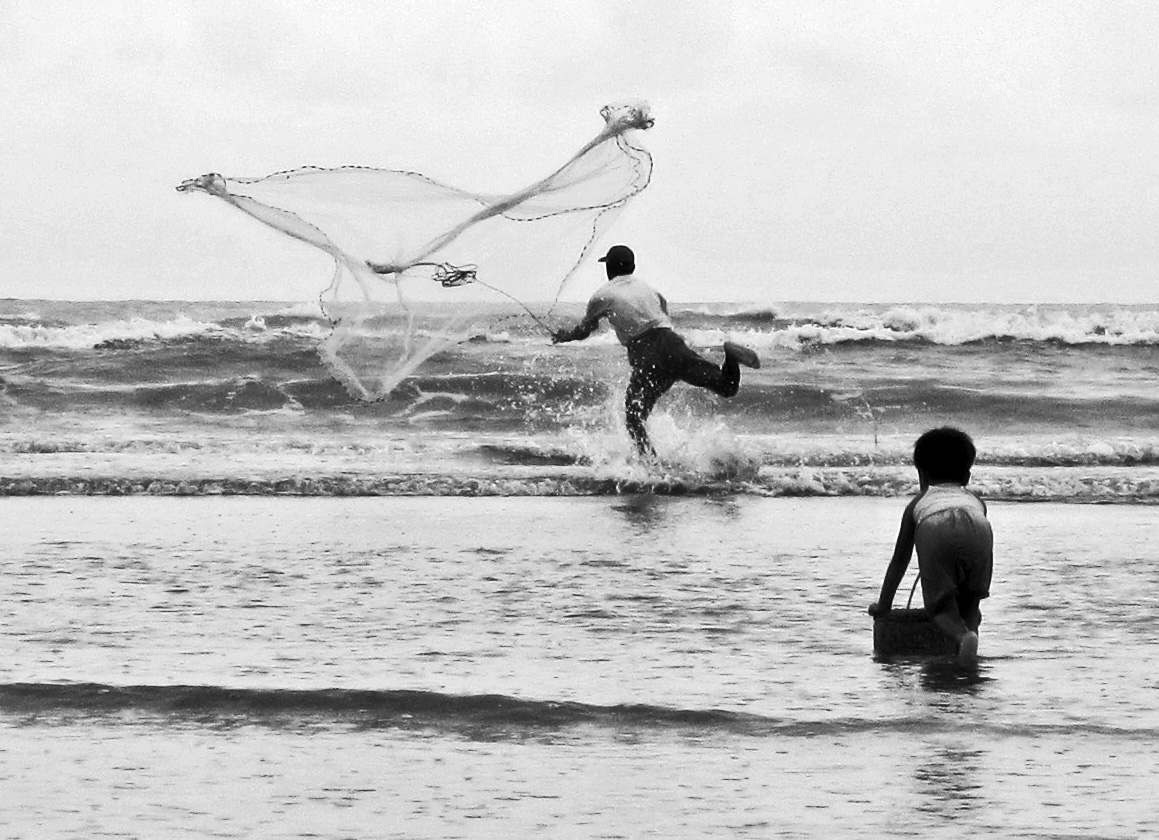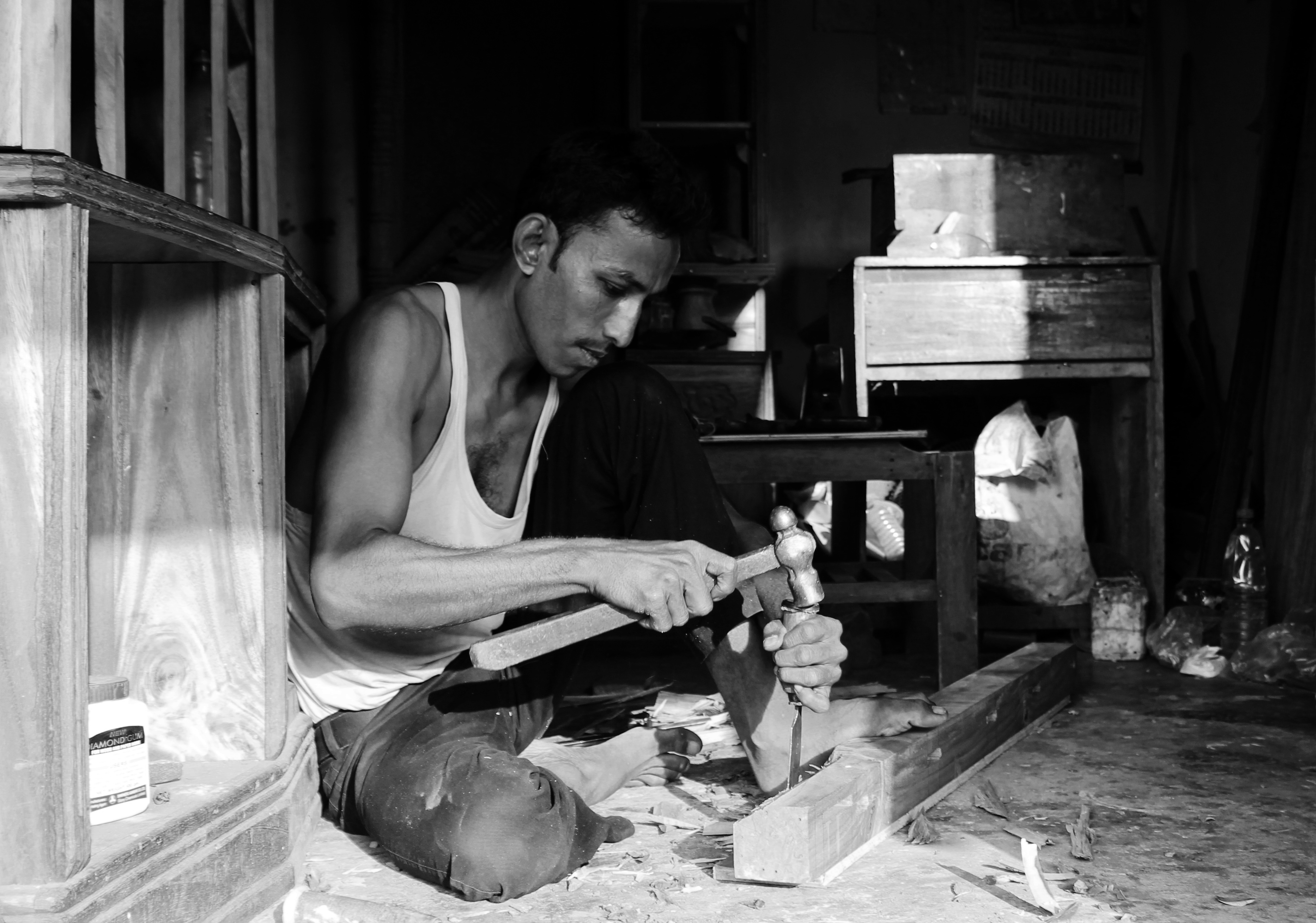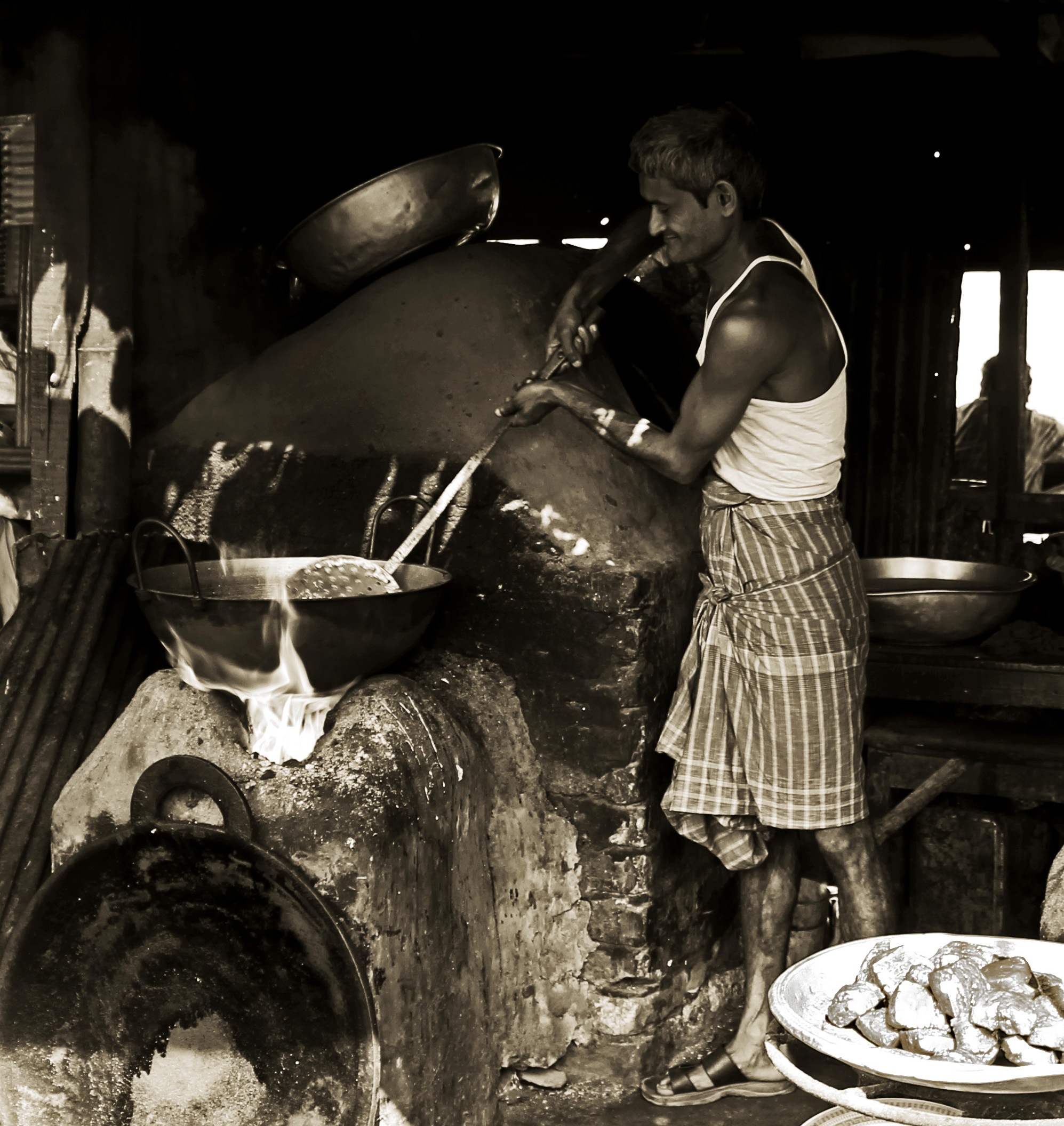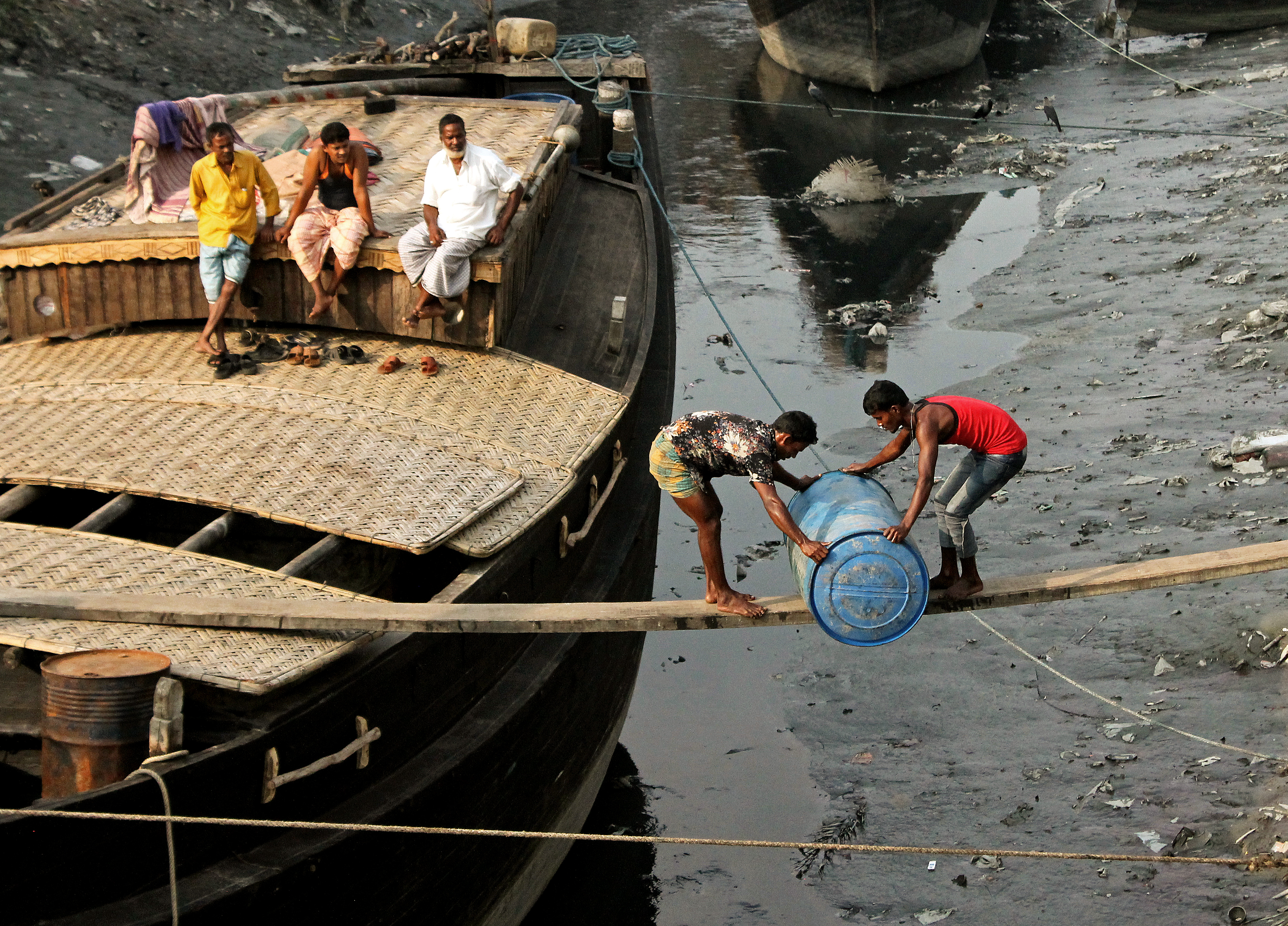The Search for Charadi (Sho-ro-di)

The name was etched, deep into my mind by the end of the day, and it’s my own fault quite honestly. My chosen method for traveling within Bangladesh more often than not exposes me to a carnage that rears its head when I decide to select a random name on the map and voyage there. This carnage is obviously caused entirely by my own doing rather than the location I would like to point out.
When I began writing this post, I was in Barisal, and as the map below indicates, this is a region in the south west of Bangladesh, which in many ways encapsulates the stereotypical image people hold of this country; one of endless rivers and waterways, of dense, green paddy fields, bustling markets, and incredible hospitality.
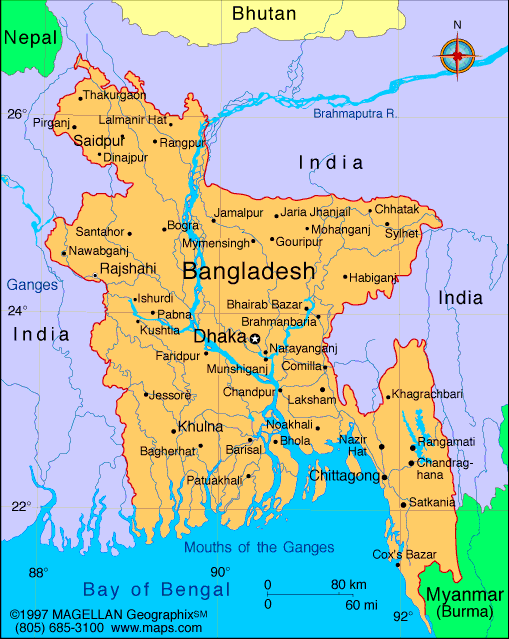
Anyway, back to the now infamous (in my mind at least) Sho-ro-di. I made the decision to venture to a place which bore no mention in the Lonely Planet guide for the Barisal region. I’ve adopted this method previously on my travels within this country, and if truth be told, it tends to deliver mixed results.
Today was no different. I scoured the map for a little while and searched names of towns or villages that lay within an hour by bus from my base in Barisal. The reasoning being that one hour is far enough to feel a little adventurous, but close enough to (hopefully) avoid becoming stranded by nightfall. There were three or four contenders, but in the end I settled on Charadi, which in my misinformed mind was pronounced Cha-raaaa-diiii.
Having identified my chosen place for the day, I filled my bag with the essentials for such an escapade. A fully charged camera, water, sufficient taka, and of course sun cream (for the weak, fragile body I possess), and upon leaving my hotel room, I was filled with the familiar sentiments of excitement and trepidation.
The hotel manager kindly told me which bus terminal to head for and thus I confidently requested a waiting rickshaw driver to take me there. He had a broad smile and the stained, red teeth of a man who regularly chews tobacco.
Traffic was congested with early morning commuters, heavy goods vehicles and sporadic roadworks. Nevertheless, undeterred by this and the increasing heat, my driver ploughed on resiliently and with a kind of do or die attitude that whilst admirable, made for an anxious journey…on my part. Anyway, we reached the bus terminal and I bid farewell to the rickshaw driver and part one of the mystery tour was done.
Or so I thought. It became apparent in no time at all that reaching Charadi would not involve the straightforward task of jumping on a bus. Failure to acknowledge the vital component of correct pronunciation was my first mistake, and when I greeted the bus counter chap with Cha-RA-di, a blank look faced me. I then tried CHA-ra-di, which once again drew puzzlement. Cho-ra-di, Cha-ro-di, Chooooo-od-iiii, Chaaa-raaaa-di, Cha-laaa-di, Cho-looo-di, all followed, until finally someone gasped excitedly, “SHO-RO-DI!” and there were knowing nods all round.
Relief and joy soon turned to disappointment however, as it turned out this was not the correct bus terminal at all, and after the small conference involving me, three men from the bus terminal, one man from the adjacent tea shop and approximately seven other interested onlookers, which eventually identified Sho-ro-di as my desired destination, it was concluded that I was to head back in the exact direction I had just come from.
The day was young however, and I was still in relatively high spirits, so this detour in no way hampered my enthusiasm…yet. I made my way to the launch ghat (ferry port), but frustratingly my mastery of the pronunciation was once again below par and this time it took two policemen, one ticket vendor, and three recently disembarked ferry passengers to decipher my ramblings. “Aaaaah, Sho-ro-di!” once again filled the air with a mix of triumph and relief.
A small boy was enlisted to guide me to the correct boat. One minute he was sat minding his own business, and the next he’s leading me through a small market to the water’s edge. He did earn 20 taka for his due diligence and effort though.
After a short journey on a small passenger boat, I arrived on the opposite riverbank and a kind, older gentleman directed me to the bus I needed to reach the now almost mystical town of Charadi. To be honest I don’t think a great many foreigners ride the local bus to this town, so my presence generated a few double takes.

Initial impressions of my destination were not altogether positive. The first part of the bus journey involved a broad and dusty main road, littered with plastic bottles and other trash, and I wondered if the beautiful scenery that I’d set out to capture with my camera lay somewhere faraway from here, perhaps right back in the opposite direction, but as we took a left turn off the main road, my hopes for Charadi picked up.
While the road quality deteriorated, the surrounding countryside did the exact opposite and seemed to be rejuvenated with a surrounding landscape of dense green trees and glistening streams. Small villages bordered the winding, bumpy road, and after about fifteen minutes of this view through the bus window, we came to a halt. I had made it, some two hours after setting out.

Over the course of the subsequent hours, I spent my day drinking tea, wandering through the small town and neighbouring countryside, and even visited a local primary school!
Was it worth it? Well, hopefully the following photos will answer that question better than words can. However, what I will say briefly is that I once again encountered a beautiful corner of this country, and in my next blog post I’ll share a series of photos from a week spent in the south west, which will hopefully demonstrate the incredible joy of travel and adventure.
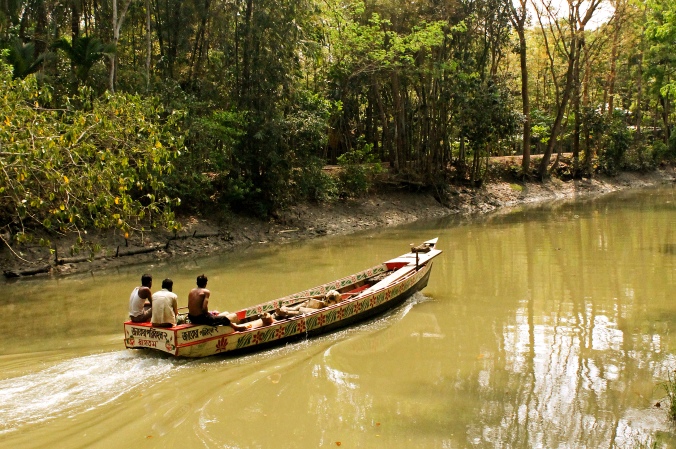
Charadi was a quiet and peaceful market town, sat on the bank of a river, which I strolled along for a while. My challenge in reaching here was due in main to my sub-standard pronunciation and short term memory loss. To be perfectly honest as I stood, forlorn and desperately trying to communicate the name ‘Charadi’ to a fairly large audience, I couldn’t help thinking of this video from Disney’s Pete’s Dragon…
Passamaquaddy – Pete’s Dragon

